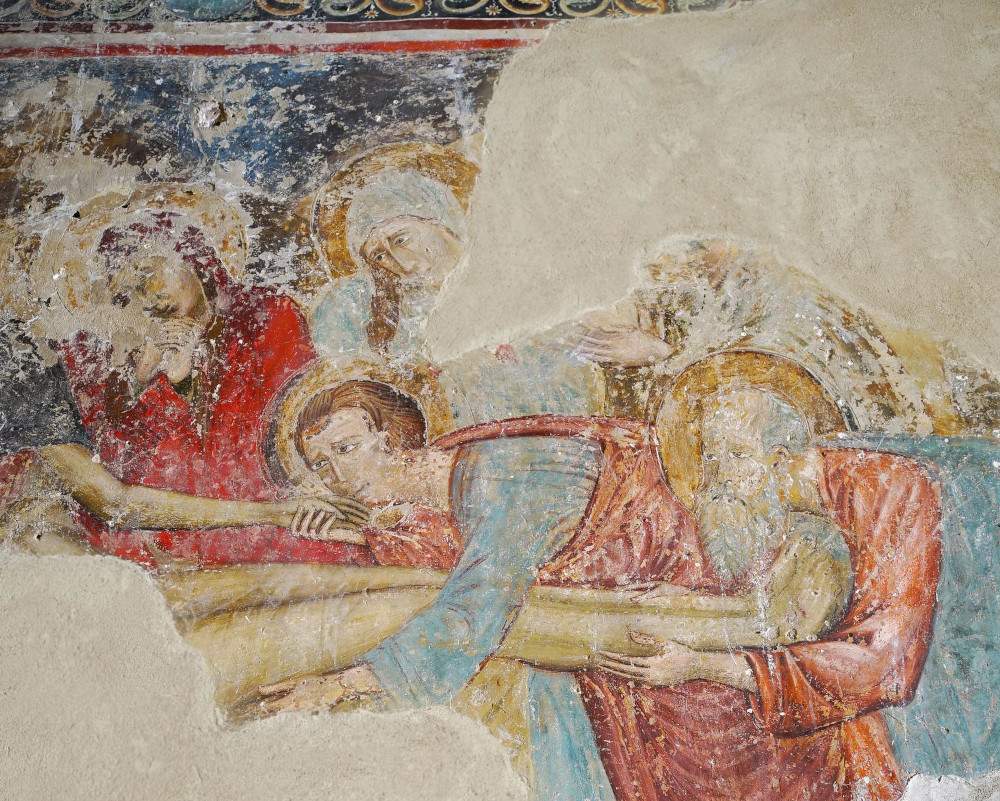Pistoia Musei announces the September 24, 2022 opening of the San Salvatore Museum. It will be Pistoia Musei’ fourth exhibition venue, after Palazzo Buontalenti, Palazzo de’ Rossi and the Antico Palazzo dei Vescovi, with which it brings to fruition its museum system project in the heart of the city’s historic center.
The Museum of San Salvatore will be housed, on Via Tomba di Catilina, in one of the oldest churches in Pistoia, which has been recorded since the 10th century. It was 1784 when Bishop Scipione de’ Ricci suppressed the parish of San Salvatore, which was closed to worship in 1807. Attested as early as 979, the church underwent a decline from its closure that is halted today with its recovery by the Caript Foundation. In agreement with the Pistoia Cathedral Chapter (owner of the property), the San Salvatore exhibition venue was thus born: a journey through the history of the city’s oldest nucleus through the display of works hitherto kept in the deposits of the Pistoia Civic Museum and in the Archives of the Cathedral Chapter, and through new discoveries.
Excavations have in fact brought to light remains of the oldest phases of the church as well as Roman and early medieval pre-existences; part of the foundation pit of the first circle of walls from the Lombard period (8th century AD) has been traced, while new light is being shed on the origins of the legend that has Catiline buried at the foot of the tabernacle present in the street. Another considerable find is a votive well dating from 1579. The most extraordinary discovery, however, is that of an incomplete fresco depicting the Lamentation over the Dead Christ, datable to the late 13th century and attributed to the circle of Lippo di Benivieni, an important Florentine-trained painter active in Florence between 1296 and 1316. Also on display are a fragment of the mosaic floor of the Roman domus found in Piazza del Duomo in 1905 and a Roman amphora found in 1772.
The story is developed according to different levels of reading, and the visitor is given the opportunity to choose the degree of depth: in fact, the museum uses different languages, from visual to sound to tactile. The museum also aims to urge children to have a curious gaze that will bring them closer to cultural heritage, through various games, manual and digital. “The museum,” says Claudio Rosati, author of the museological project, “connects the history of our ancestors with the curiosity and sensitivity of contemporaries.”
 |
| Pistoia Musei opens its fourth location in one of the city's oldest churches |
Warning: the translation into English of the original Italian article was created using automatic tools. We undertake to review all articles, but we do not guarantee the total absence of inaccuracies in the translation due to the program. You can find the original by clicking on the ITA button. If you find any mistake,please contact us.